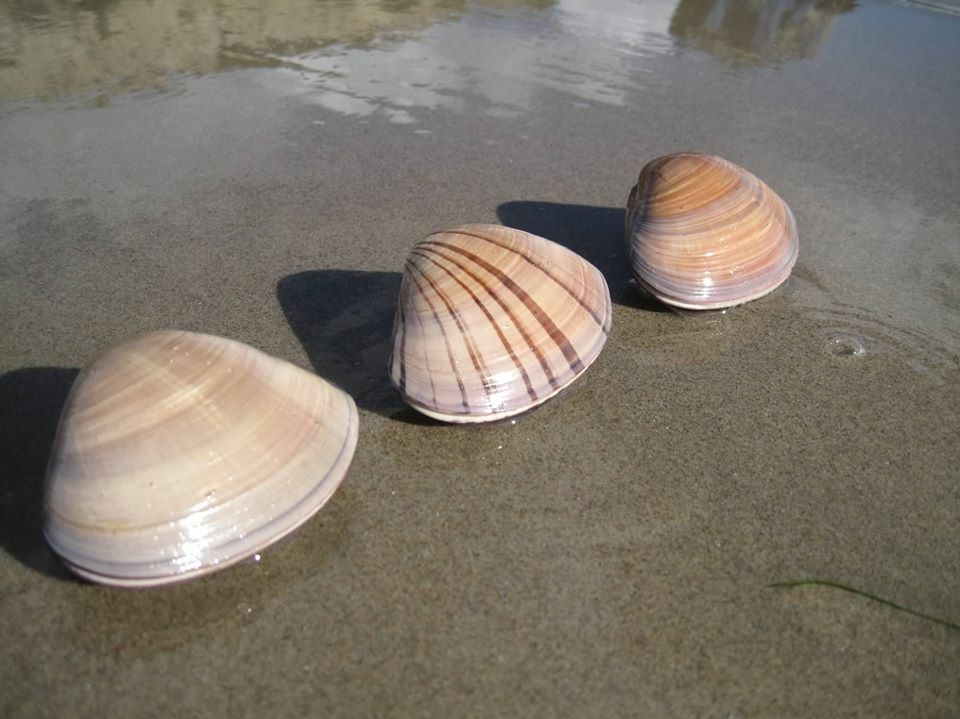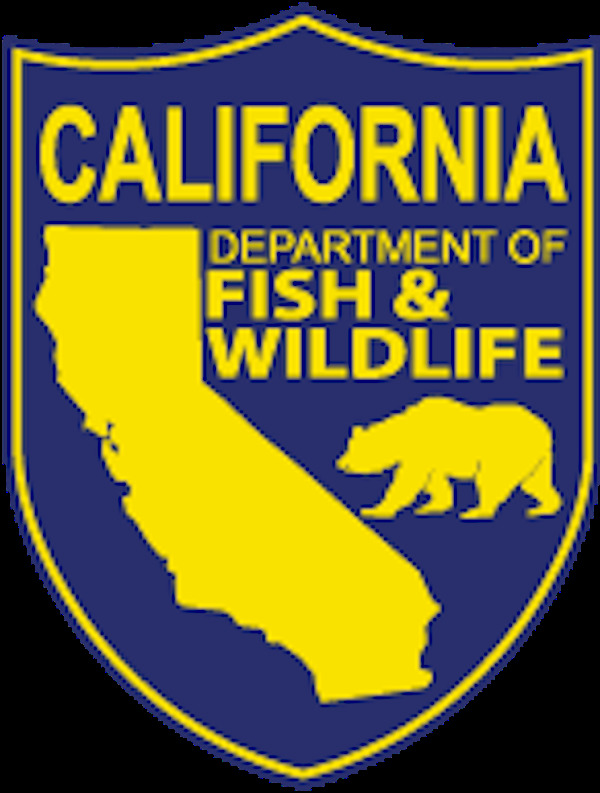Fish Report for 12-30-2021
Why are clams becoming unburied at Pismo Beach?

by California Department of Fish & Wildlife
12-30-2021
Website
Q: I read reports of events on Pismo Beach where hundreds or thousands of clams are becoming unburied. How often is this happening and what is the cause?
A: In the past, it was relatively uncommon for clams to become unburied at Central Coast beaches and in the Monterey area. However,this year we’ve seen more events where hundreds, if not thousands, of clams have unburied. Some of these clams perish from drying out in the sun or being eaten by birds, but many rebury and survive, according to reports from California Polytechnic State University, San Luis Obispo (Cal Poly). The smaller clams seem to unbury more easily, but they also rebury easier than the bigger ones. The local population of Pismo clams is the highest it’s been in decades, so it is possible that clams are being observed unburied simply because there are more of them.
We don’t yet have a clear understanding of why this is happening. This summer, the California Department of Fish and Wildlife (CDFW) and the California Department of Public Health tested the Pismo clam population for diseases, parasites, paralytic shellfish poisoning and domoic acid levels. The results did not show that any of these factors likely contributed to clams unburying. Cal Poly is keeping an eye on the unburied clams and may do further testing. CDFW will continue working to conserve Pismo clams and provide support to Cal Poly and partner agencies.
Regulations for Pismo clams can be found in California Code of Regulations (CCR), Title 14, section 29.40. Pismo clams can be harvested with a valid fishing license. Anglers may retain 10 Pismo clams per day if the clams meet the minimum size of five inches in greatest diameter north of the San Luis Obispo/Monterey county line, and four-and-a-half inches south of the county line. Note that almost no legal sized clams can currently be found in the Pismo Beach area. All undersized clams must be immediately reburied in the area where they were found. In Monterey and Santa Cruz counties, the season for Pismo clams starts Sept. 1 and ends after April 30. In all other counties, the season is open year-round.
As Pismo clams recover from a decades-long population decline, only a small percentage have reached legal harvest size, with almost all clams found being too small to harvest. Wildlife officers have issued hundreds of citations for possession of undersized clams and seized thousands of undersized clams in the past few years. Pismo clam poaching can be reported via CalTIP.
More information is available on CDFW’s Invertebrates of Interest webpage. Additionally, the San Luis Obispo Coast District offers an overview video on the Pismo Clam population, including instructions for reburying clams.
More Reports
CDFW Awards $9.7 Million for Fisheries Habitat Restoration Program Projects

12-23-2021
The California Department of Fish and Wildlife (CDFW) today announced the selection of 15 projects that will receive funding for...... Read More
NOTICE OF PROPOSED EMERGENCY REGULATIONS Recreational Sub-Bag Limits for Vermilion, Copper and Quillback Rockfishes

12-17-2021
Pursuant to the requirements of Government Code Section 11346.1, the California Fish and Game Commission (Commission) is providing notice of...... Read More

Website Hosting and Design provided by TECK.net